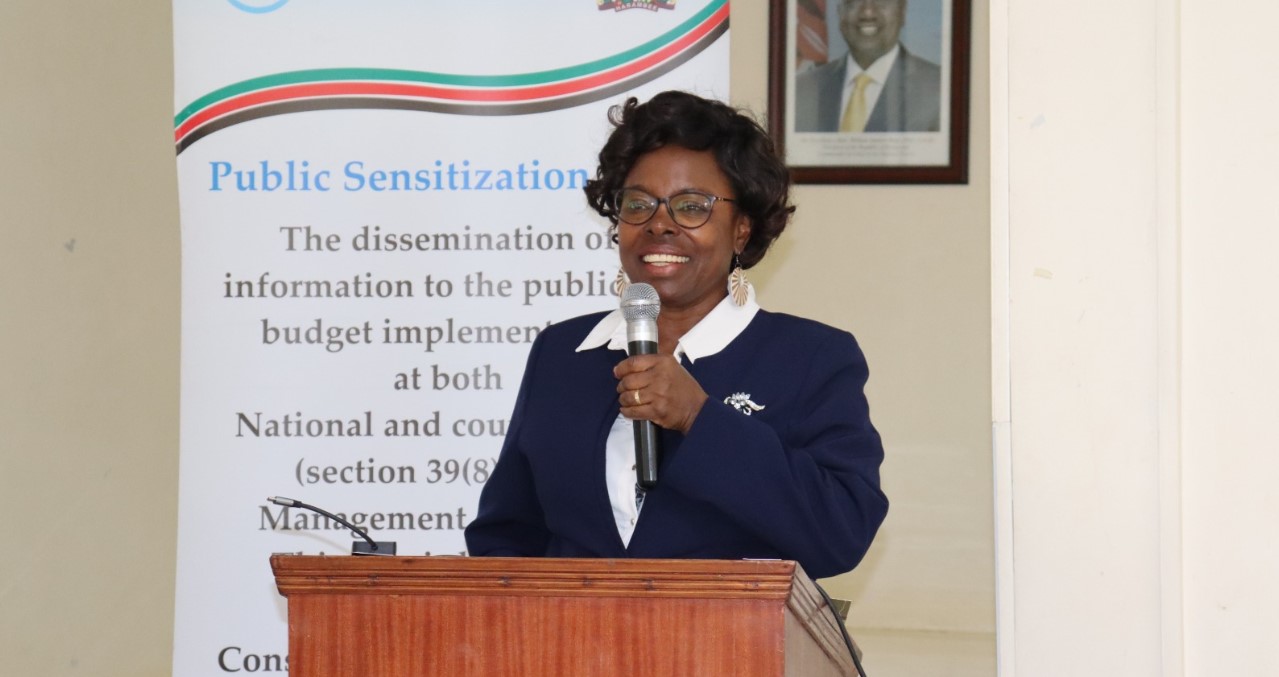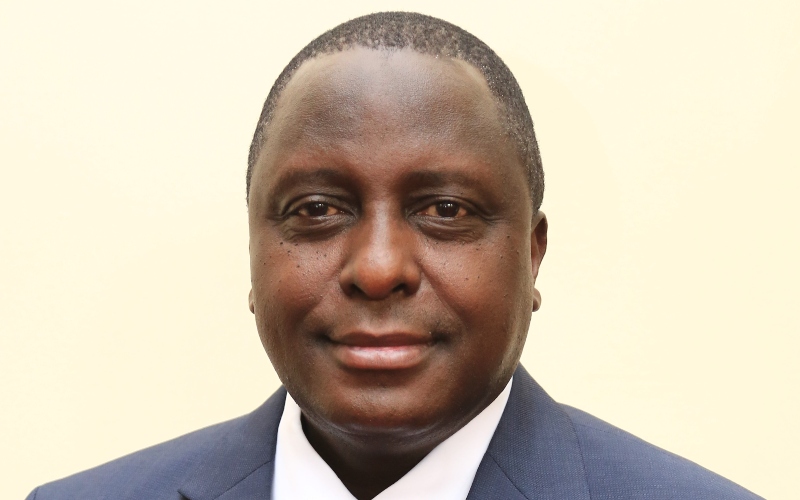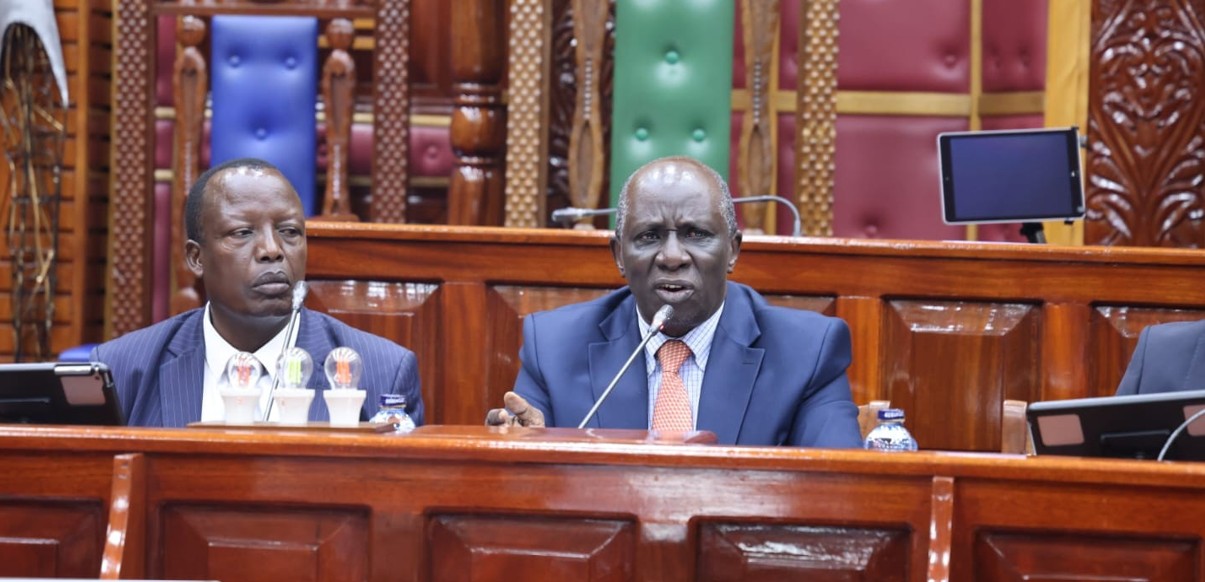Controller of Budget report shows counties failed to meet set revenue targets

Nyakango advised county governments to adopt austerity measures to ensure that expenditures align with available resources.
County governments have underperformed in meeting their own-source revenue targets, a new report by the Controller of Budget (CoB) Margaret Nyakang’o has revealed.
According to the County Governments Budget Implementation Review, all 47 counties set ambitious revenue targets, but none were able to meet their expectations.
More To Read
- 2 per cent of Kenyans own over half of the country’s arable land - KHRC report
- Senate targets KEMSA in plan to turn devolved institutions into executive agencies
- Parliament seeks Controller of Budget control of Sh63 billion Housing Levy to curb misuse
- Controller of Budget urges faster adoption of e-GPS for public projects
- Revenue gaps, budget misalignments hurting service delivery, warns Auditor General
- Senate flags 24 State agencies still performing county functions
Among the worst-performing counties, Nairobi set a revenue target of Sh20 billion but collected only Sh2.1 billion. Mombasa, with a target of Sh4.7 billion, managed to raise just Sh832.1 million, while Kiambu targeted Sh5.8 billion but raised only Sh832.9 million. Narok, aiming for Sh4.8 billion, collected Sh2.9 billion.
Other counties also faced similar shortfalls.
Kisumu, with a target of Sh2.8 billion, raised only Sh259 million. Machakos set a target of Sh2.7 billion but collected just Sh287.4 million. Nakuru, hoping for Sh2.2 billion, managed only Sh600.8 million, while Kilifi, targeting Sh1.5 billion, raised just Sh231 million. Kakamega and Uasin Gishu, aiming for Sh1.35 billion and Sh1.31 billion respectively, collected Sh318.2 million and Sh147.2 million.
More pronounced shortfall
In some counties, the shortfall was even more pronounced.
Kajiado set a target of Sh1.2 billion but collected only Sh143.9 million. Bungoma, which aimed to collect Sh1.19 billion, raised just Sh189.2 million, while Makueni hoped for Sh878.3 million but achieved only Sh165.1 million.
Further highlighting the widespread issue, Laikipia had set a target of Sh842.5 million but collected Sh221 million, while Nyeri’s goal of Sh800 million resulted in just Sh239.4 million. Murang’a, targeting Sh750 million, raised only Sh170.1 million, and Kisii, with a target of Sh650 million, collected Sh270.4 million.
In Homa Bay, the county government aimed for Sh501.7 million but raised only Sh226.2 million, while Meru, targeting Sh500 million, secured Sh185.5 million. Migori, which set a goal of Sh480 million, achieved only Sh101.8 million. Kwale’s target of Sh450 million resulted in just Sh76 million.
Counties like Busia, Kirinyaga, and Baringo similarly fell short. Busia set a target of Sh442.2 million but raised only Sh61.5 million. Kirinyaga, aiming for Sh410.4 million, achieved Sh108.6 million, and Baringo’s goal of Sh390.7 million resulted in only Sh95.5 million.
Among the lowest performers, Trans Nzoia set a target of Sh368.3 million but collected only Sh87.8 million.
Wajir, despite setting the smallest revenue goal of Sh80 million, surpassed half of it with Sh46 million, while West Pokot and Marsabit achieved only 32.8 million and 33.1 million of their targets of Sh97.1 million and Sh110 million, respectively.
Nyakango also provided an analysis of the performance of counties relative to their annual revenue targets. Tana River, at 81 per cent, Narok, at 60 per cent, and Samburu, at 36 per cent, were among the best performers.
However, counties such as Marsabit, Kajiado, and Nyamira, with nine per cent each, and Bungoma, Machakos, Kericho, Kisumu, and Bomet, with percentages ranging from six per cent to eight per cent struggled the most.
Assess revenue potential
To improve performance, the Controller of Budget has recommended that counties use the Tax Administration Diagnostic Assessment Tool (TADAT) to assess their revenue potential.
“Based on these assessments, counties should develop a revenue enhancement action plan,” Nyakango said.
Additionally, counties that have achieved less than 15 per cent of their annual revenue targets have been urged to consider setting more realistic targets through supplementary budgets to prevent the accumulation of pending bills.
Nyakango further advised county governments to adopt austerity measures to ensure that expenditures align with available resources, helping to stabilise finances and improve the management of public funds.
Top Stories Today














































